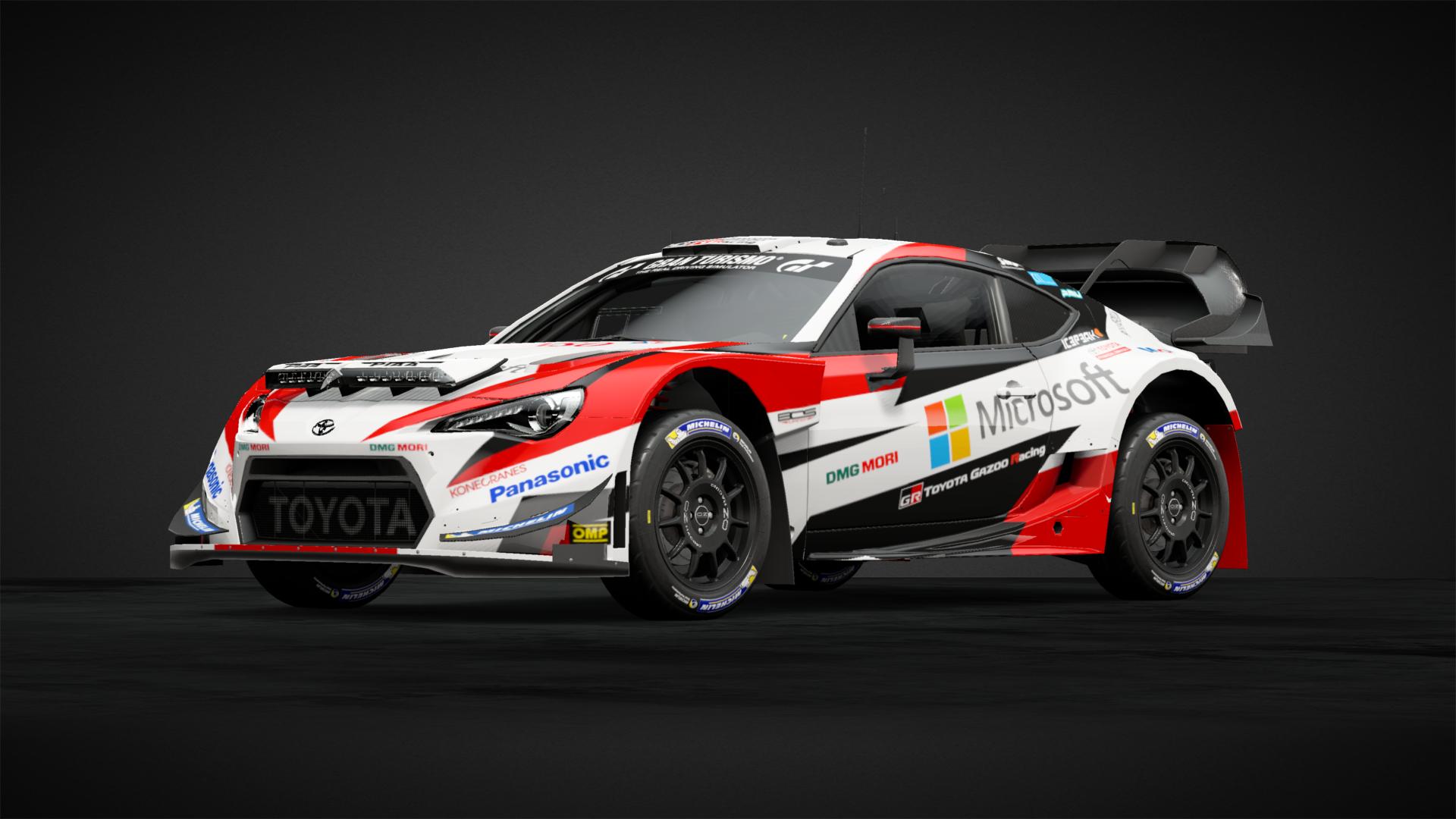
Toyota 86 Gr.B Rally Car
The Toyota 86 is a sports car released in 2012, combining a relatively compact body with a rear wheel drive layout.
The quick, controllable character of the car is inherited from the popular Corolla/Sprinter AE86 of the 1980s. This character was even more pronounced with the front midship layout and the 2-litre flat 4 engine that provides the car with a low centre of gravity, and was welcomed by car enthusiasts who love to drive.
This Gr.B rally car is a Gran Turismo exclusive based on the Toyota 86. Its two-layered rear spoiler and other aerodynamic elements mark it out as a truly state-of-the-art rally machine. The drivetrain has been adapted from the FR setup of the base model to a 4WD arrangement.
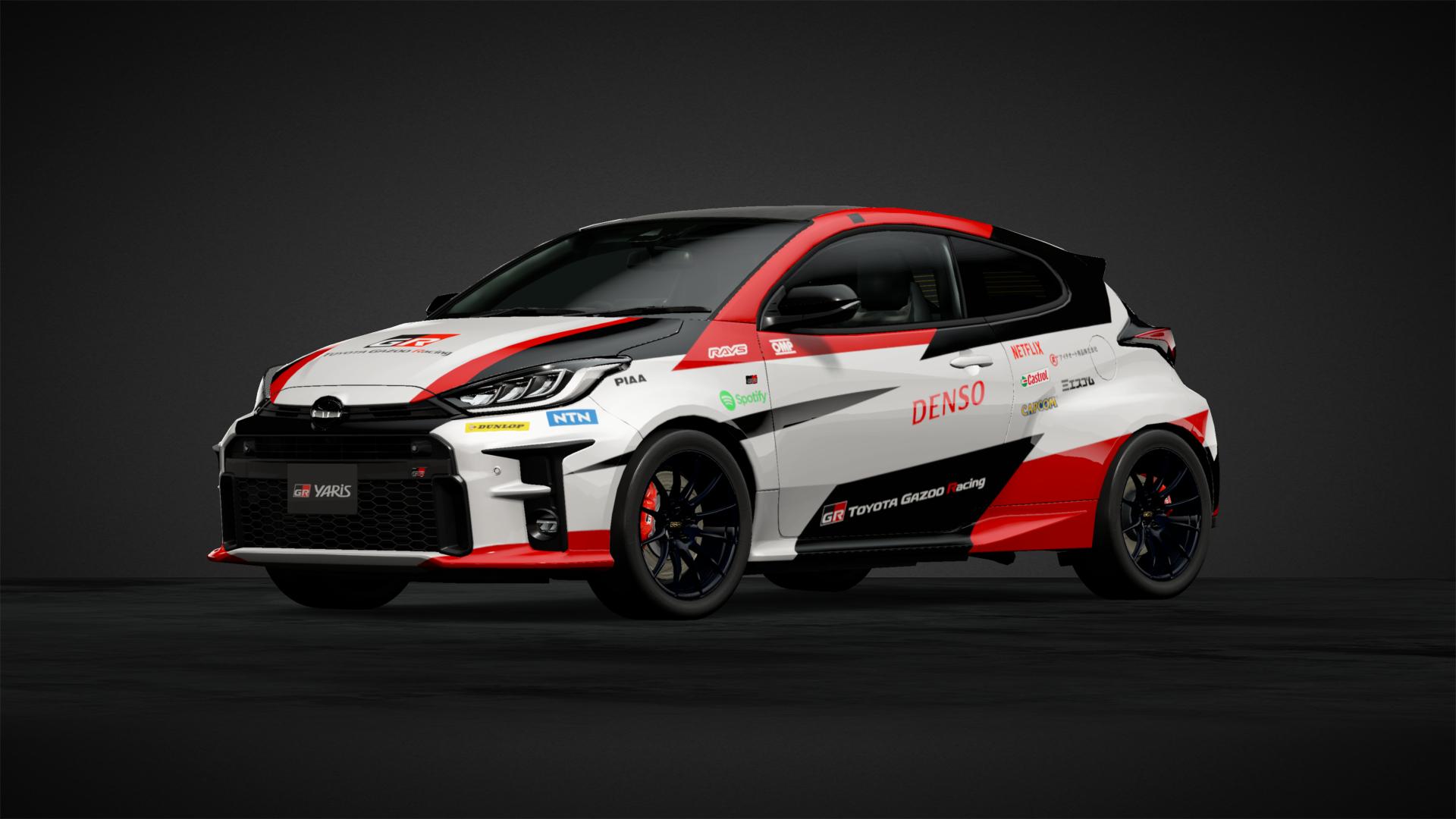
Toyota GR Yaris RZ “High Performance” ’20
Toyota has continued to challenge the World Rally Championships throughout the years in order to further refine their sportscars. And the car they developed as the base vehicle for the new rally car to be introduced in 2021, is the GR Yaris.
At a glance this may appear to be a cute compact car, but in reality this is a fighting machine built to win the WRC. The 3-door body combining two TNGA GA-B and GA-C modules has been reinforced for rigidity wherever possible, while reducing weight and lowering centre of gravity. The widened rear fenders are a tell-tale sign of its true potential, and the carbon roof which gradually descends towards the rear is a result of optimizing airflow when a rear wing is installed.
The engine powering the four-wheel drive RZ model is a G16E-GTS 1.6 litre 3 cylinder turbo. This is their latest power unit boasting the smallest size and lightest weight in its class, and produces 200 kW (268 BHP)/370 Nm. This is then matched to a 6 speed manual transmission. The drivetrain is also very interesting, with a newly developed electronically controlled coupling type centre differential adjusting the forward to rear torque distribution. In addition, the ‘RZ High Performance’ model is equipped with Torsen LSDs for both the front and rear differentials, securing rock solid traction.
The special ‘1st Edition’ model was announced together with the reveal of the GR Yaris in January 2020. This is a special limited edition model for only those who pre-ordered the car, autographed by the master driver ‘Morizo'[1] and equipped with special forged aluminium wheels.
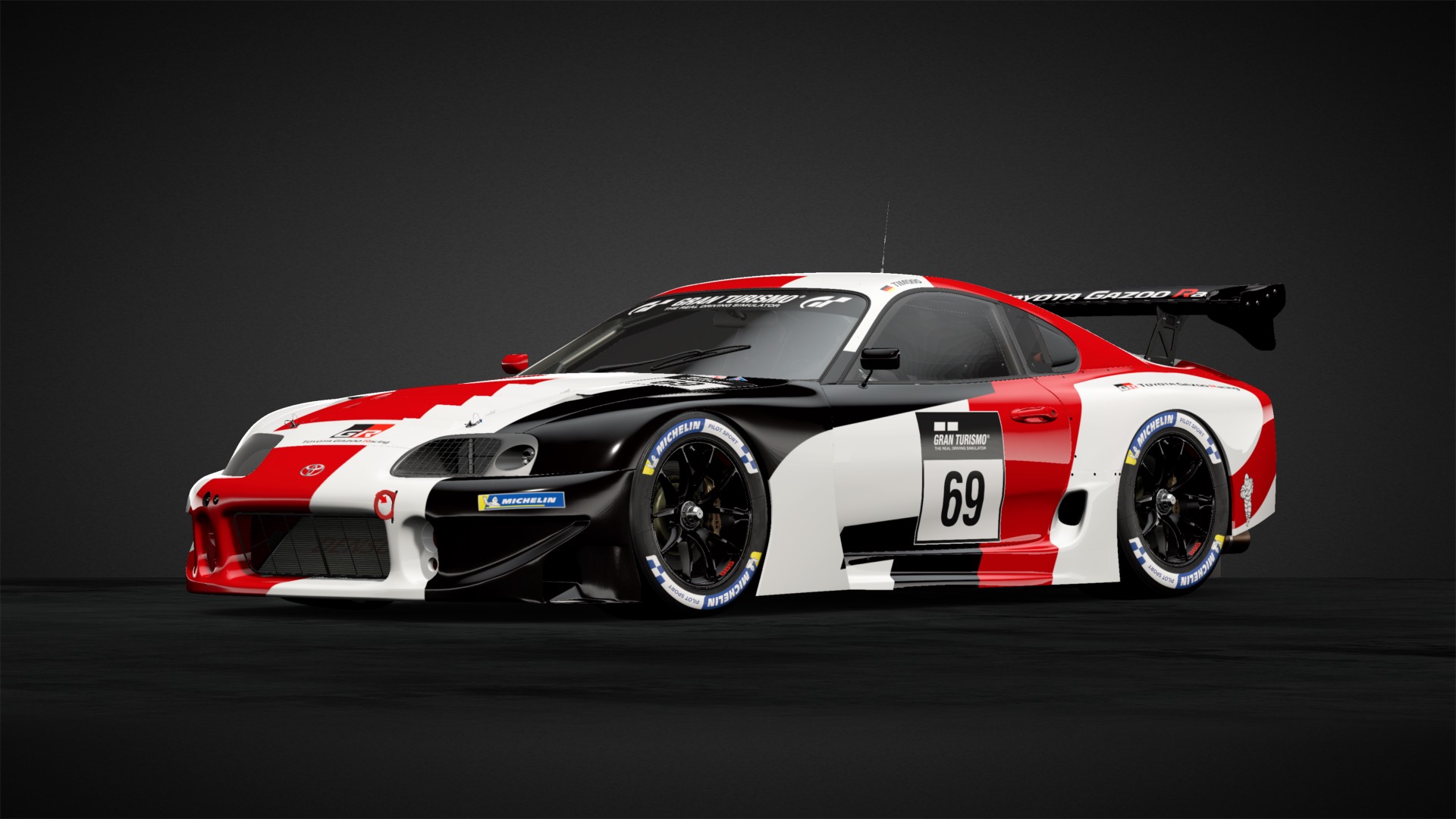
Toyota Supra GT500 ’97
“The machine that ended the reign of GT-Rs and became champion.”
The GT race series in Japan was renamed the ‘Super GT’ when it became an international series from 2005. Until 2004, it was called the ‘All-Japan Grand Touring Car Championship (JGTC)’, and from its start it boasted the largest number of spectators for a motorsport in Japan. For this reason, Japanese automobile manufacturers poured much energy into this championship series.
The Toyota Supra entered the championship from 1994, and it was like a direct challenge against the Nissan GT-R that had dominated the series 3 years in the row, from the first year of the championship in 1993. 3 years later in 1997, the Supra finally defeated the GT-R to become series champion. The historic machine that achieved this feat was the #36, Castrol Tom’s Supra.
The drivers were Michael Krumm and Pedro de la Rosa, and they entered as the second machine of Tom’s from the second round of this year. In the 5 rounds excluding the opening round, it came strong, winning 1st place twice, and placing once in both 2nd and 3rd place, to win the series.
The machine itself had not only changed greatly from the previous year. The only significant difference was the change from the H pattern gearbox to a Hewland 6-speed sequential transmission. Other than this, the engine displacement had been lowered to 2 L, in order to allow for a lower minimum weight under the race regulation rules. The 3S-GT engine producing nearly 493 BHP is almost as is, and its increased body rigidity, changes in suspension geometry, and improvements in aerodynamics, are all in the standard evolutionary process of a racing machine.
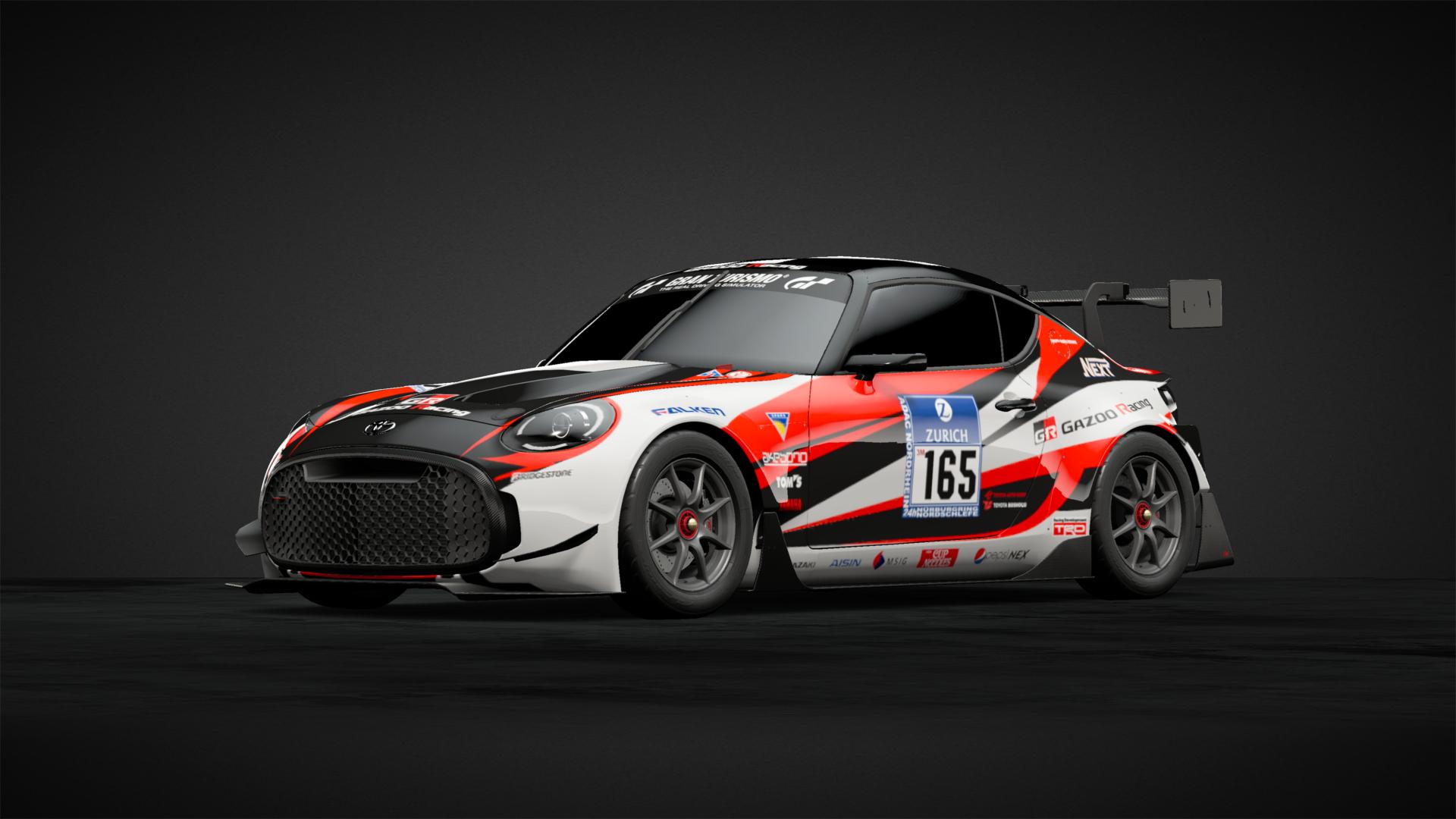
Toyota S-FR Racing Concept ’16
The Toyota S-FR concept was first revealed at the 2015 Tokyo Motor Show. The sporty car was compact at 3,990 mm in length and 1,695 mm in width, with a weight of only 980 kg. Together with a long nose and short deck style and front midship rear-wheel-drive layout, the car immediately gave an impression of being fun to drive. Though there are no plans for the commercial sale of the car, it gathered great attention from the visitors of the show.
The racing version of this car is the S-FR Racing Concept, revealed at the 2016 Tokyo Auto Salon. As the name implies, this is also a concept car.
With fenders flared out by 20 mm per side, a large air outlet on the engine bonnet, and carbon aerodynamic parts such as the large front spoiler, rear wing, side skirts and rear diffuser, the additions change the impression of the car from its rather cute original styling to give it the visage of a GT racing machine.
While the street version of the S-FR concept was 1,320 mm in height, this car has been lowered by 50 mm down to 1,270 mm, and with virtually no road clearance, the suspension settings are predicted to be quite hard. The front brakes utilise drilled disks, and horizontally opposed 4 pot callipers.
Even at this stage no details were given regarding the engine, and there was no announcement of any future commercial sales. However, of all the cars displayed at the Auto Salon this year, it gathered a lot of attention.
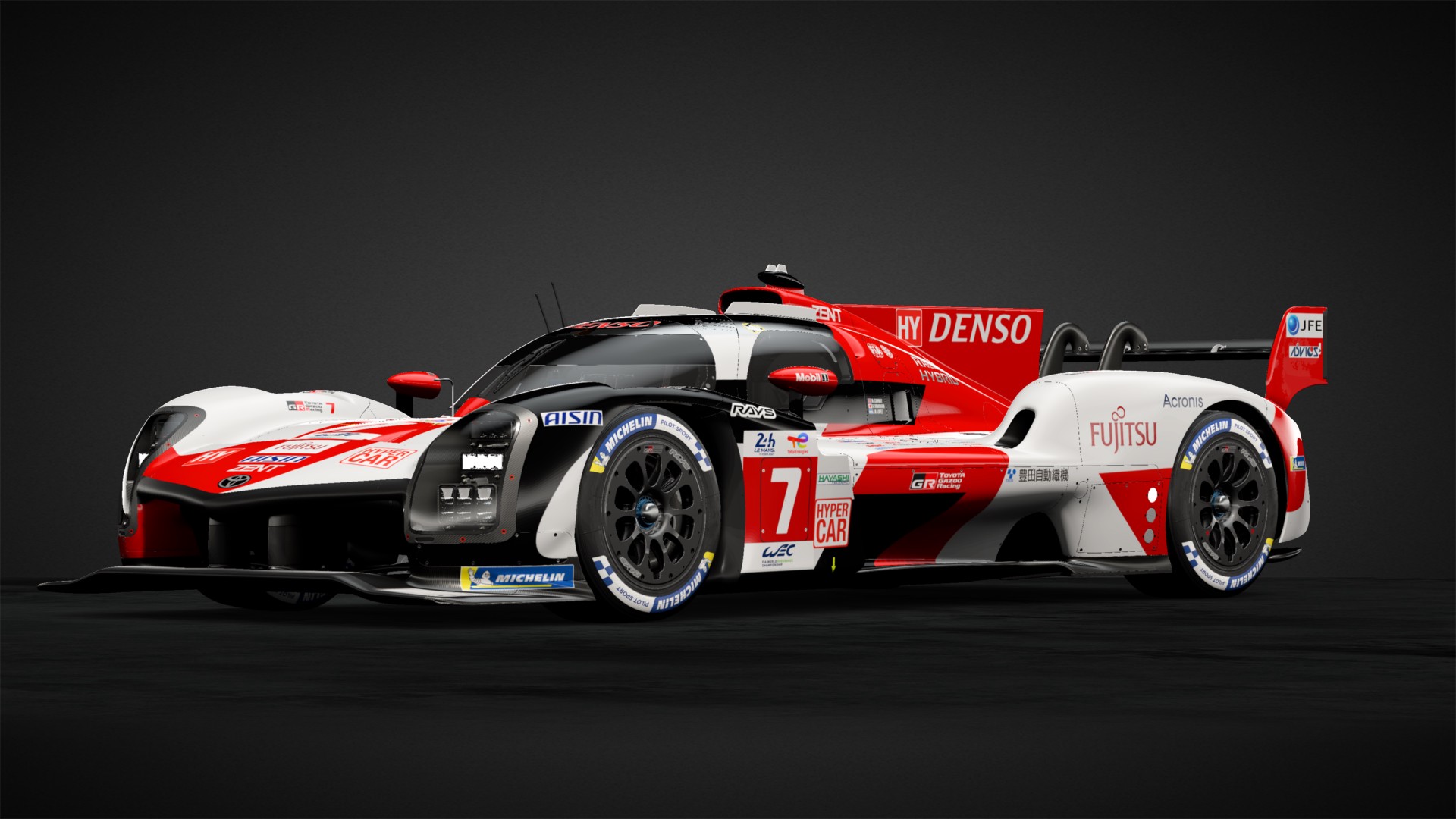
TOYOTA GR010 HYBRID ’21
“Four consecutive wins at Le Mans for Toyota with this prototype race car”
Toyota Gazoo Racing won two World Endurance Championships in a row starting in 2018, and it took three straight overall titles at Le Mans with the LMP1-class TS050 – Hybrid. In 2021, a new LMH category was added that represented the top class, so Toyota developed the GR010 HYBRID to compete in this division.
Because it was all new, the GR010 represented a big change from the TS050, most notably the powertrain. The engine went from a 493 HP twin-turbo 2.4-liter V-6 to a 670.6 HP twin-turbo 3.5-liter V-6. Also, the 493 HP front and rear-wheel electric motors were swapped for a 268.2 HP system that powered the front wheels only. This resulted in a 4-wheel drive system where the front wheels were exclusively powered by the electric motors, while rears were driven by the gasoline engine.
Car No. 7 was driven by the team of Mike Conway, Kamui Kobayashi and Jose Maria Lopez, while the No. 8 car was piloted by Sebastien Buemi, Kazuki Nakajima and Brendon Hartley. This season saw Toyota take their fourth Le Mans title (and four in a row) in the new hypercar division.
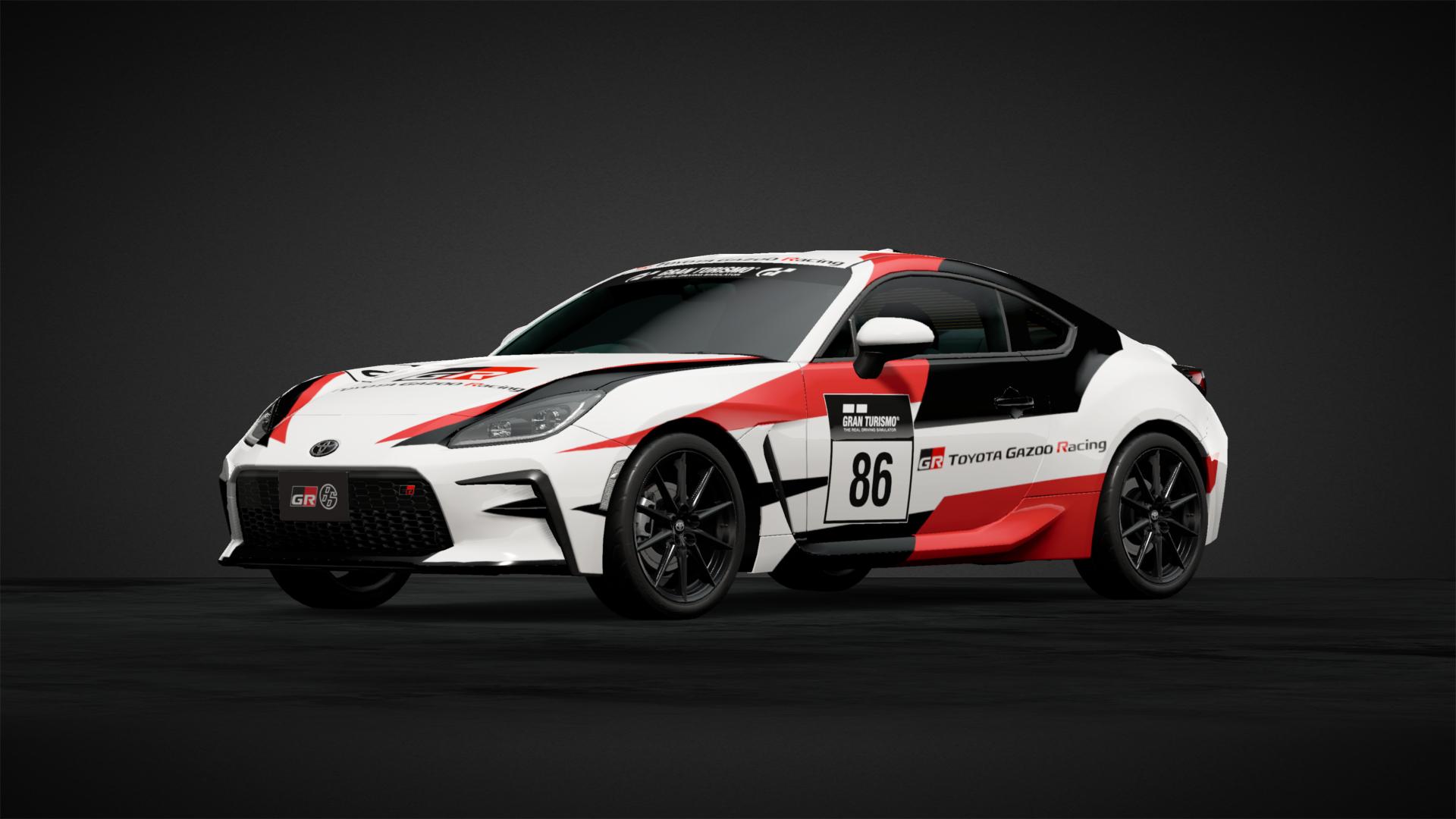
Toyota GR86 RZ ’21
Since its introduction in 2012, more than 200,000 units of the Toyota 86 were sold around the world, solidifying its place in the history books as one of the most popular front-engine/rear-wheel-drive compact sports cars of all time.
Nine years after the 86’s debut, Toyota introduced the GR86, a high-performance version of the car that wore the Gazoo Racing badge (GR). While maintaining the virtues of the original car, namely a lightweight body and superb handling, Toyota engineers equipped the GR86 with a larger engine. Under the hood was a 2.4-litre flat-4 that replaced the 2.0-litre variant. Power came in at an impressive 231 BHP / 7,000 rpm with a maximum torque peaking at 25.5 kgfm / 3,700 rpm. This translated to a 0-100 km/h acceleration time of 6.3 seconds, which was a stark improvement over the 7.4 seconds of the first-generation model.
To enhance the 86’s handling, the company’s chassis engineers stiffened the body and adopted aluminium in the roof panel to lower the centre of gravity, as well as reduce overall height. With the GR86, Toyota offered sports-car enthusiasts exactly what they were hoping for with the 86: a meaner, faster version of the car that was designed for the race track.
